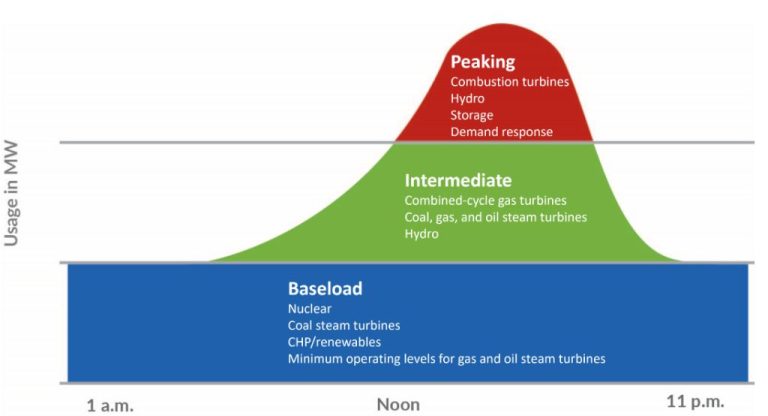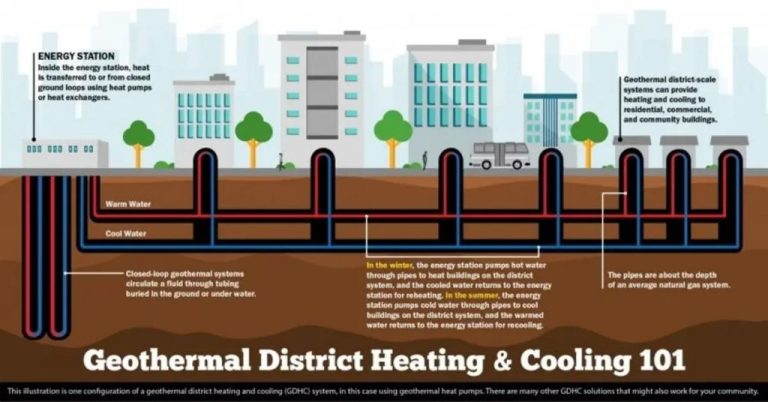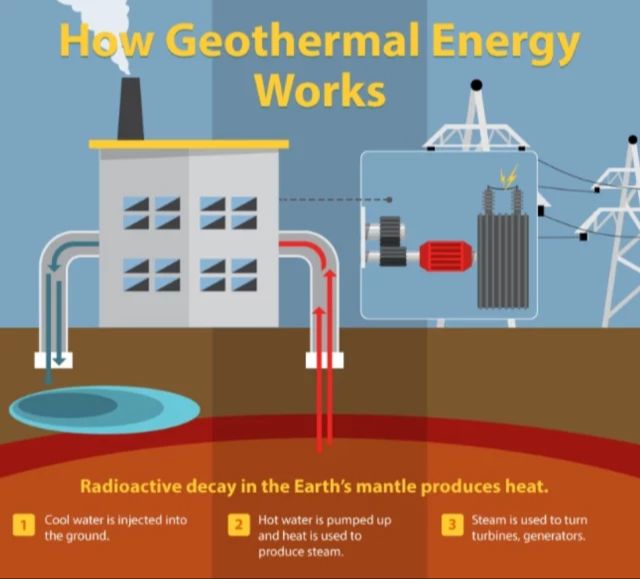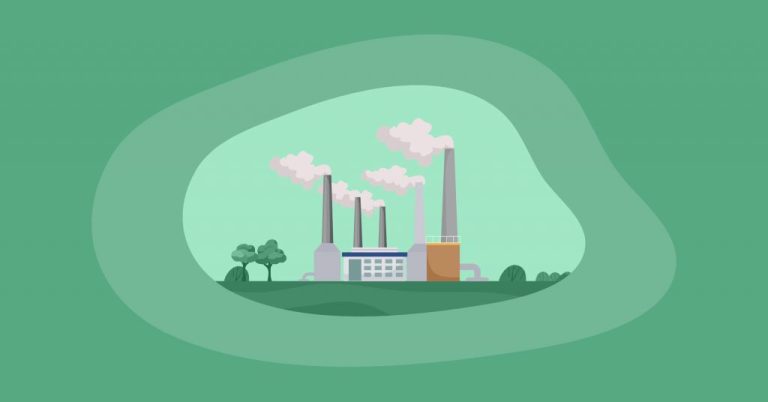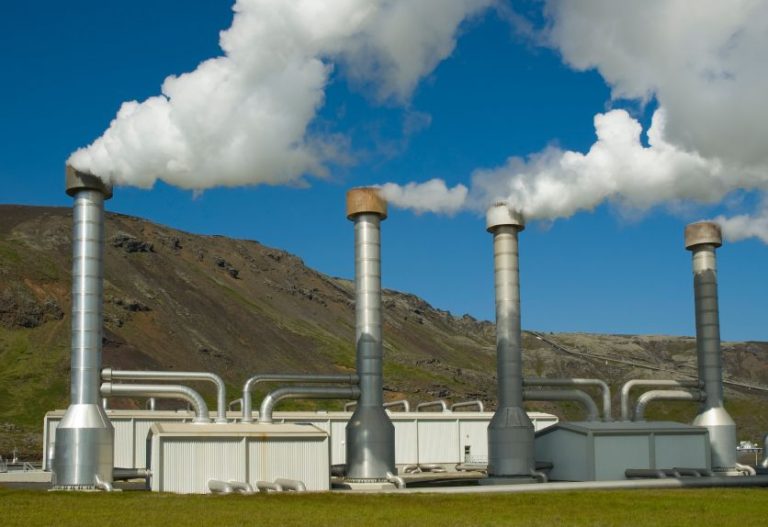What Is The Significance Of Geothermal Energy?
Geothermal energy is thermal energy generated and stored in the Earth. It originates from the original formation of the planet, from radioactive decay of minerals, and from solar energy absorbed at the surface. Geothermal energy can be accessed by drilling water or steam wells in areas where conditions are favorable.
There are several types of geothermal energy systems:
- Hydrothermal systems use hot water or steam reservoirs found deep underground.
- Enhanced geothermal systems pump water underground to fractures in hot rocks to produce steam.
- Geothermal heat pumps use stable ground or water temperatures near the Earth’s surface for heating and cooling buildings.
Geothermal energy has a long history of use for bathing, heating, and cooking. The earliest known use is in Pompeii, Italy where hot springs were used for bathing around the 1st century AD. Geothermal district heating systems were used in Chaudes-Aigues, France as early as the 14th century. Today, geothermal energy is used worldwide for electricity generation, direct heating, greenhouse heating, aquaculture, and more.
Benefits of geothermal energy
Geothermal energy provides several key benefits that make it an attractive renewable energy source. First and foremost, it is renewable – geothermal energy is produced by harnessing the natural heat within the earth, which is constantly being replenished. This means geothermal power plants can operate indefinitely, unlike fossil fuel plants.
Geothermal systems also emit very little greenhouse gases. While some CO2 and other gases can be released from geothermal reservoirs, emissions are far lower compared to burning fossil fuels. This makes geothermal an environmentally friendly option.
Once a geothermal power plant is set up, it requires very little maintenance and has low operational costs. Geothermal plants have robust operating lives of 20-30 years with minimal upkeep requirements. The geothermal resource itself replenishes naturally. This results in excellent capacity factors of 90-95%.
Geothermal technology can provide constant baseload power that is immune to weather fluctuations. Unlike wind and solar which are intermittent, geothermal offers reliable electricity generation 24/7. This ability to provide continuous power makes geothermal a key clean energy source.
Current use of geothermal energy
Geothermal energy is currently used in over 80 countries worldwide. The countries that utilize it the most are the United States, Philippines, Indonesia, Turkey and New Zealand. As of 2019, the global installed capacity for geothermal energy was around 15 GW for electricity generation and 70 GW for direct heating applications. The main uses of geothermal energy are electricity generation and direct heating/cooling. About 90% of geothermal energy is used for heating district heating systems, buildings (residential and commercial), greenhouse complexes, aquaculture ponds and industrial uses. Only 10% of geothermal energy is used for electricity generation, but the installed capacity for geothermal power generation is growing at a faster rate than direct heating, increasing by about 5% annually.
Potential of Geothermal Energy
Geothermal energy has tremendous untapped potential as a global energy source. Total global geothermal capacity is estimated at over 200 million megawatts, representing thousands of years of potential electrical production at current usage rates. The geothermal industry is still in its infancy but has experienced rapid growth in recent decades. Installed global geothermal capacity has increased over 25 fold since 1950. With continued technological improvements and policy support, geothermal is projected to supply over 5% of global electricity by 2050.
In comparison to other renewable energy sources, geothermal has advantages in its ability to provide consistent baseline power production. While wind and solar resources fluctuate with weather conditions, geothermal offers a reliable 24/7 clean energy source. With energy storage technology improvements, geothermal can complement intermittent renewables like wind and solar, playing a key role in a diversified clean energy future.
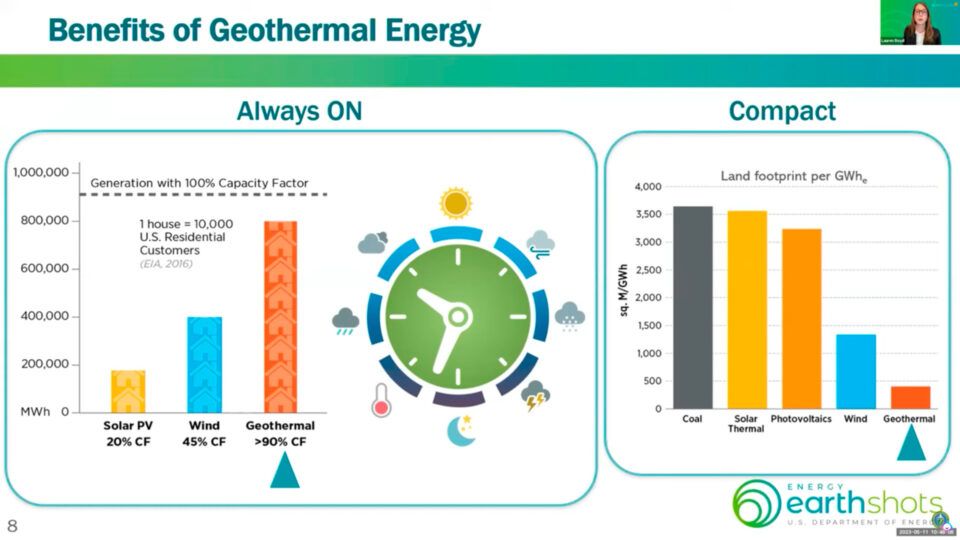
Challenges of Geothermal Energy
While geothermal energy has many benefits, it also comes with some significant challenges that have limited its widespread adoption. Three major challenges facing the geothermal industry are the high upfront costs, the limited number of suitable locations, and the need for technical expertise.
Developing geothermal power plants requires major upfront investments to drill wells, build power generation facilities, and install transmission infrastructure. These capital costs, which can range from $2-5 million per installed megawatt, are much higher than those for conventional power plants. This poses difficulties in financing and building geothermal plants.
Additionally, geothermal energy is viable only in areas with adequate underground temperatures and fluid flow, such as near tectonic plate boundaries or volcanic regions. This greatly limits the number of locations suitable for geothermal electricity generation or heating. Installing plants outside of prime geothermal regions is generally not economically feasible.
Finally, geothermal projects require specialized technical expertise for resource exploration, reservoir modeling, drilling, and power plant operation. The complex geology and engineering involved make technical skills a priority. A limited talent pool can constrain growth in the geothermal sector.
Though geothermal power shows promise as a renewable baseload resource, overcoming these challenges will be key to unlocking its full potential worldwide.
Environmental Impacts of Geothermal Energy
Like all energy sources, geothermal energy can have impacts on the environment. Some of the main environmental considerations with geothermal include:
Land Use
Geothermal power plants require a large area of land for the wells and power plant facilities. This can disturb natural habitats and take up space. However, once constructed the facilities have a small footprint. The wells and piping usually utilize less than 5% of the total site area.
Water Use
Geothermal plants use water to bring heat to the surface. The water is either reinjected back into the reservoir or disposed of properly if contaminated. Closed-loop systems that recirculate water in piping avoid excessive water consumption.
Managing Emissions
Geothermal sites can release hydrogen sulfide, carbon dioxide and ammonia emissions. Facilities need proper air quality monitoring and scrubbing systems to minimize harmful emissions. Proper well drilling and maintenance also reduces emission of gases.
Economic impacts
Geothermal energy projects can provide significant economic benefits at both local and broader levels. The development of geothermal plants creates jobs and business opportunities in construction, drilling, engineering, and ongoing operations and maintenance. These are often skilled, well-paying jobs that boost local employment. Geothermal projects also encourage further business development and infrastructure in the surrounding community.
Once operational, geothermal plants provide reliable baseload power at stable prices, helping to lower electricity costs for consumers. The ability to lock in pricing over multi-decade project lifetimes creates price certainty and protects from volatility in fossil fuel markets. Geothermal power is not subject to unpredictable weather conditions like some renewable sources. This makes geothermal an attractive option for energy-intensive industries where keeping energy costs low is critical.
At a local level, geothermal development can greatly benefit rural economies through lease payments, royalties, and tax revenues. Revenue generated from geothermal projects stays within the community and supports government services as well as new business and infrastructure development. The community also saves money by using the geothermal electricity directly rather than importing higher cost power from elsewhere.
Social impacts
Geothermal energy development can have several positive social impacts for communities. First, geothermal projects can improve energy access and affordability for local residents. Unlike fossil fuels, geothermal energy does not need to be transported from distant sources. This means communities located near geothermal resources can benefit from a local and reliable energy supply. Geothermal plants provide baseload power, operating continuously compared to intermittent sources like solar or wind. Having an affordable, stable energy source is crucial for social and economic development.
Second, geothermal projects require community participation and engagement. Developers must work closely with local stakeholders from the initial siting and permitting stages through construction and operation. This facilitates community education about the technology and its benefits. Residents can provide input on how facilities are designed and managed for minimal disruption. With community support, geothermal plants can be integral parts of towns, providing local employment and infrastructure improvements.
Overall, geothermal energy can empower communities by diversifying energy options and involving residents in planning. This local ownership and self-reliance is an important social impact that can improve quality of life.
Policies Supporting Geothermal
Several policies at the federal, state, and local levels aim to accelerate the development and adoption of geothermal energy. These policies provide financial incentives, funding for research and development, and other mechanisms to make geothermal more affordable and technologically feasible.
Renewable energy incentives like tax credits and cash grants help offset the high upfront costs of geothermal projects. The federal government offers a production tax credit (PTC) for new geothermal plants, which provides a tax credit per kilowatt-hour of electricity generated. Many states also offer additional tax credits, rebates, or grants for geothermal system installation. These financial incentives make geothermal more cost-competitive.
Research and development funding from government agencies like the Department of Energy provides support for geothermal research at universities and private companies. This funding enables important technological innovations that lower costs and improve efficiency of geothermal systems. Research priorities include enhanced geothermal systems, low-temperature geothermal applications, and geothermal exploration technologies.
Future outlook for geothermal energy
The future looks bright for expanded use of geothermal energy, especially with emerging technologies like enhanced geothermal systems (EGS). EGS extracts heat by fracturing subsurface rocks, allowing greater access to geothermal resources. EGS has the potential to provide geothermal power in areas not previously suitable.
Hybrid renewable energy systems also hold promise, combining geothermal with solar, wind or biomass sources. These hybrid systems maximize efficiency and stability. For example, geothermal can provide baseload power while solar meets peak demand.
Most projections estimate geothermal energy will see steady, significant growth for decades to come. The International Energy Agency predicts installed geothermal capacity could grow globally by 60% to 21 GW by 2025. With supportive policies and adoption of emerging technologies like EGS, the worldwide potential for geothermal is estimated at over 200 GW by 2050.
Realizing the immense potential of geothermal will require policies encouraging investment and innovation. But geothermal offers a flexible, renewable baseload power source with substantial room for growth. Enhanced systems and hybrid integration will allow geothermal to play an increasing role in a clean energy future.

